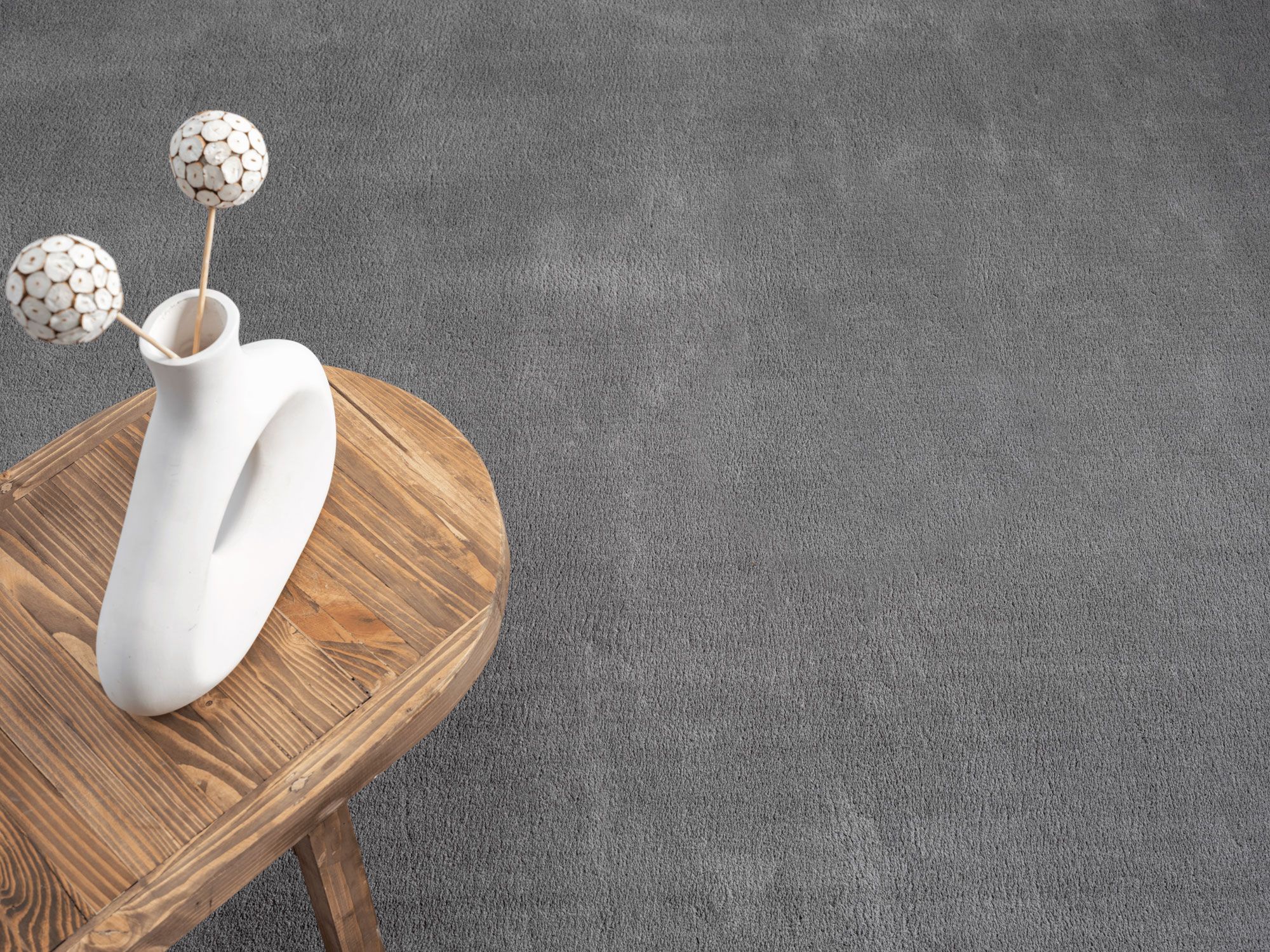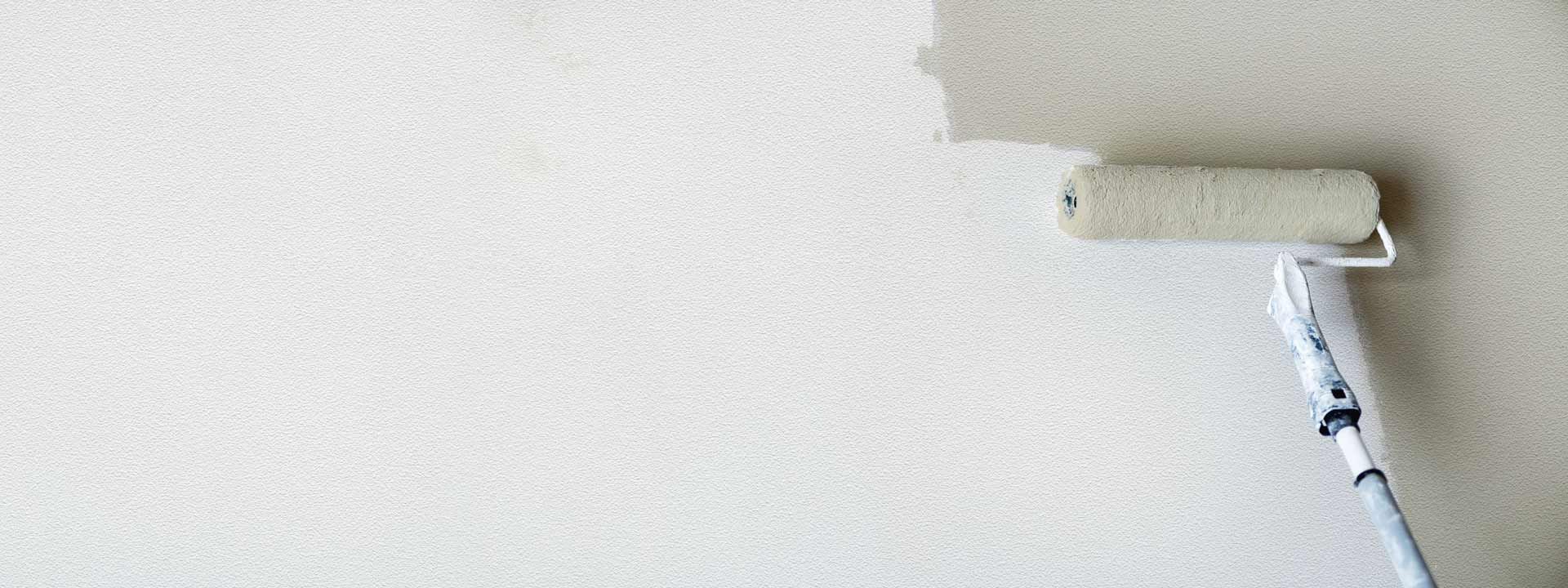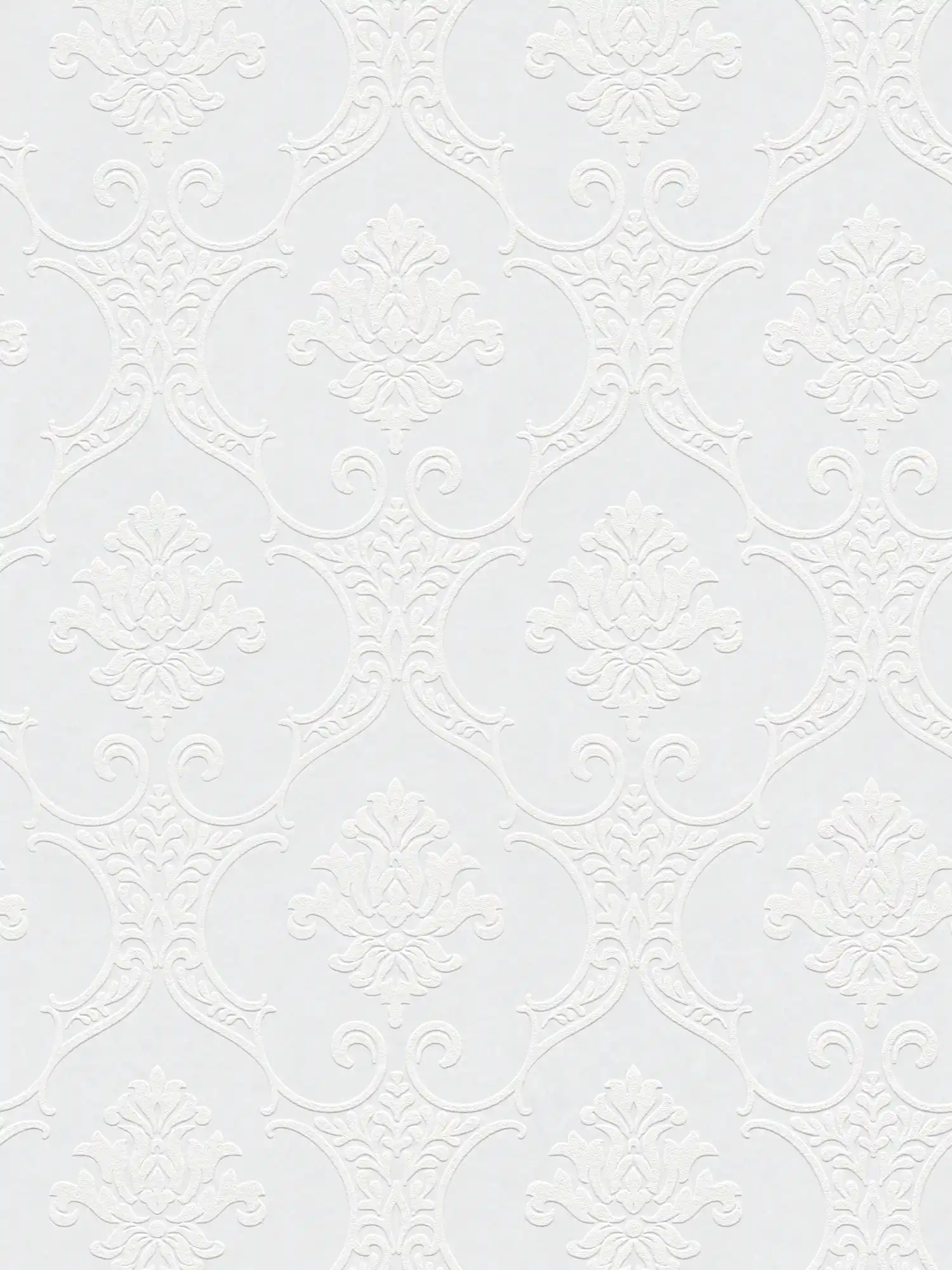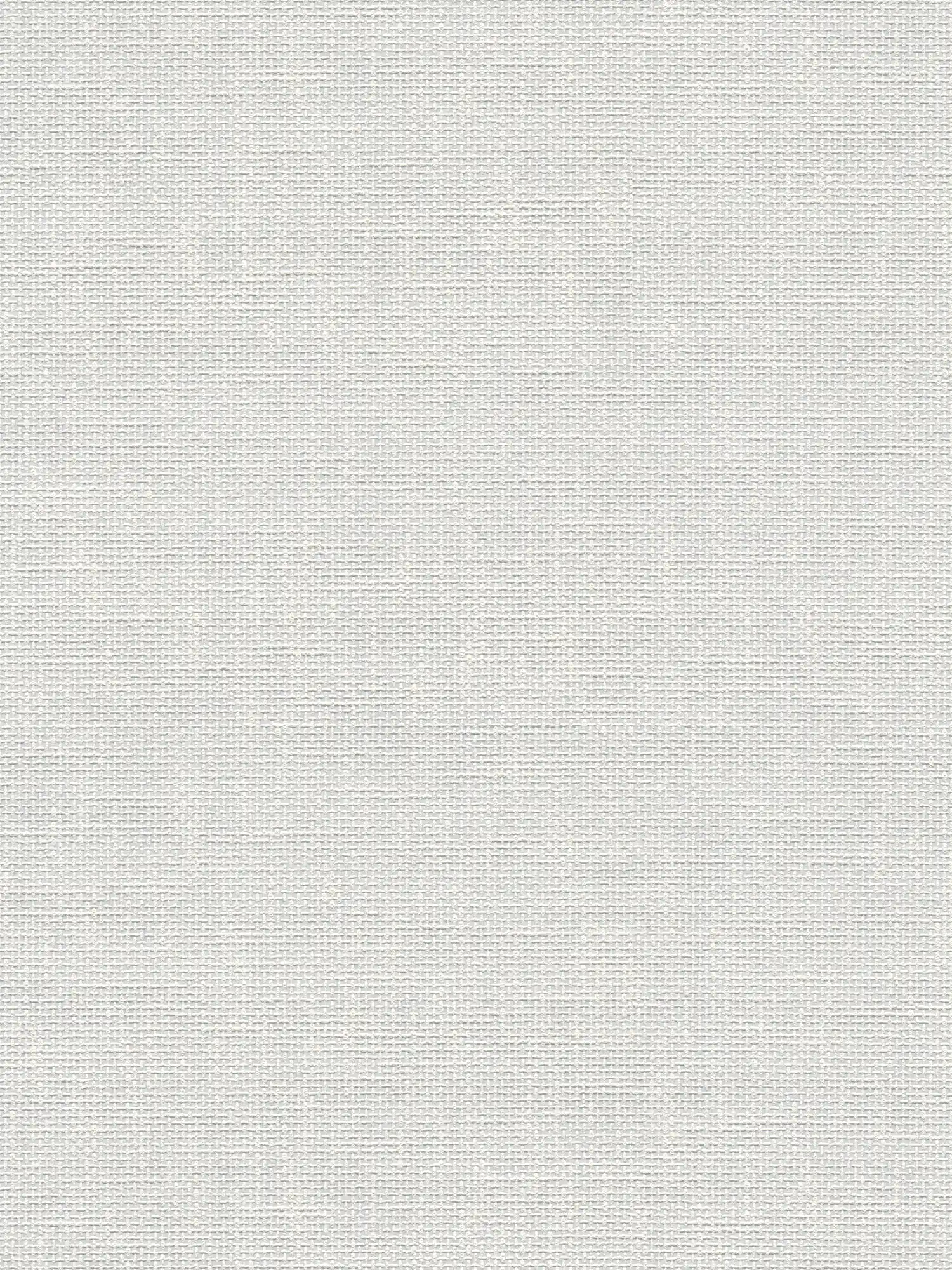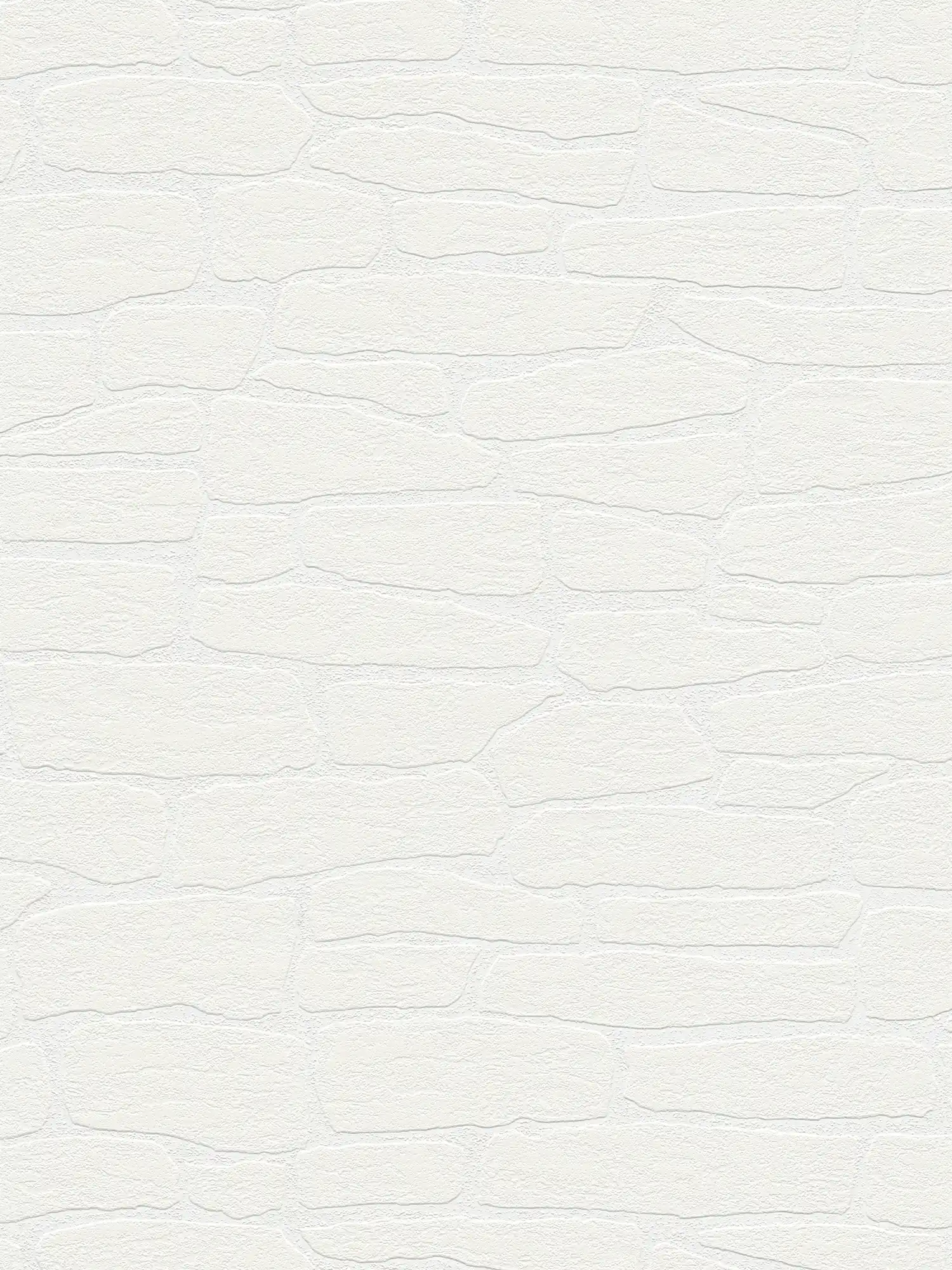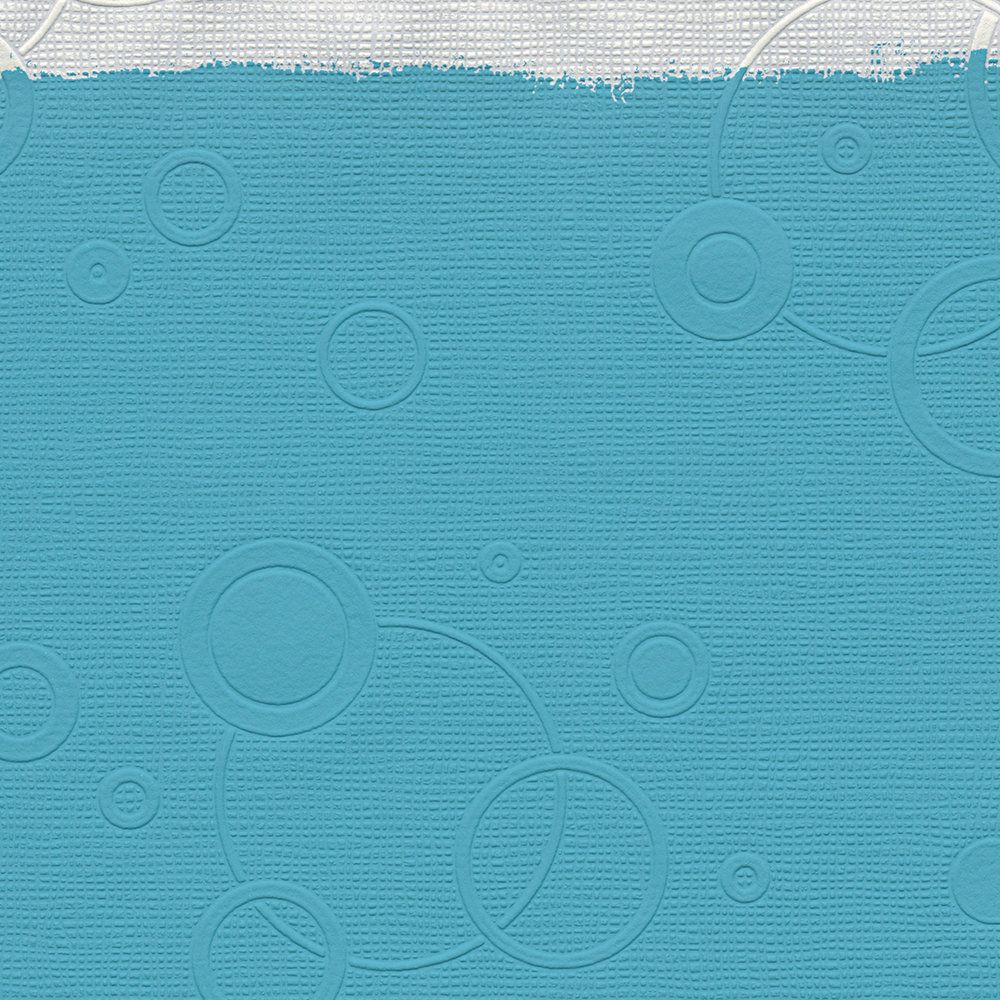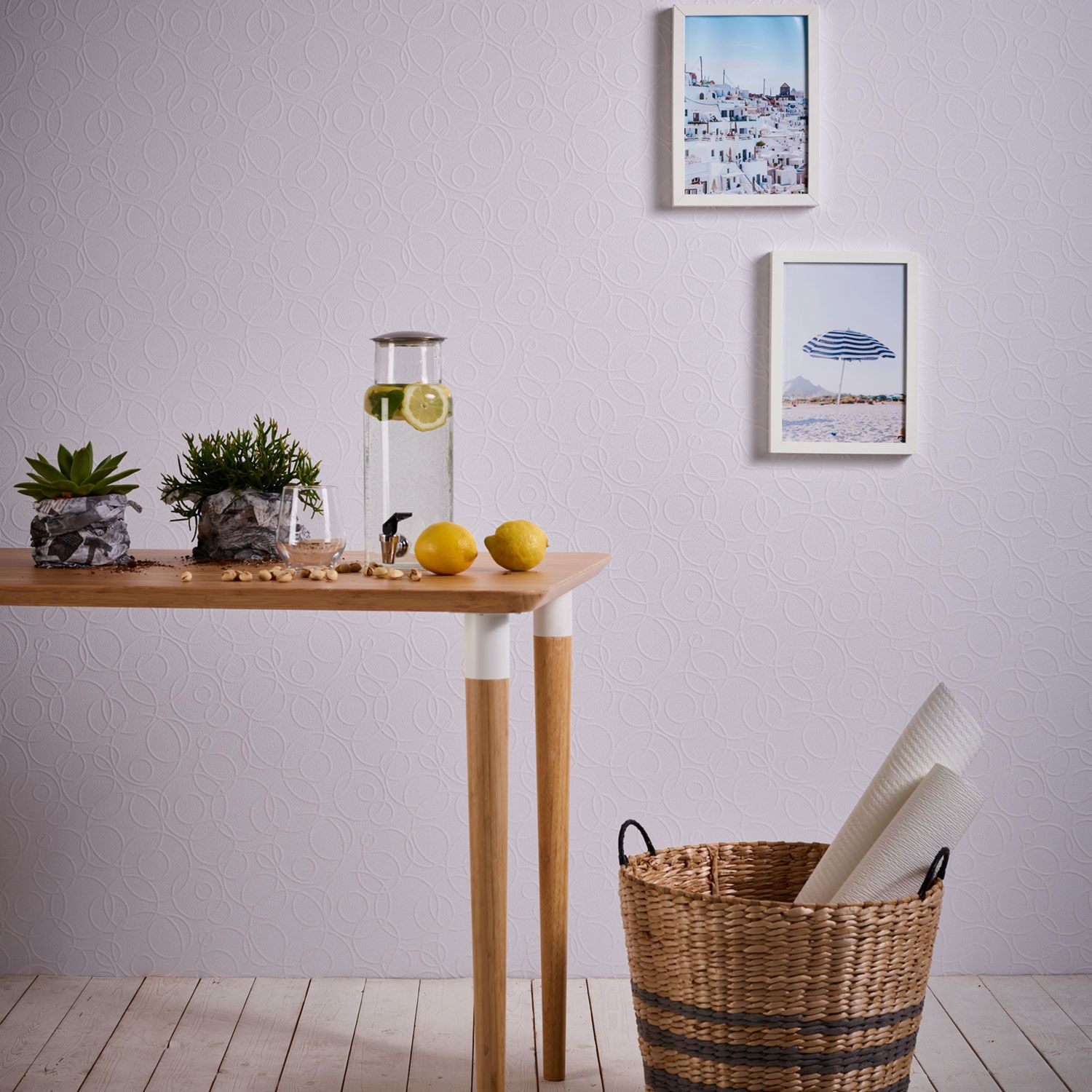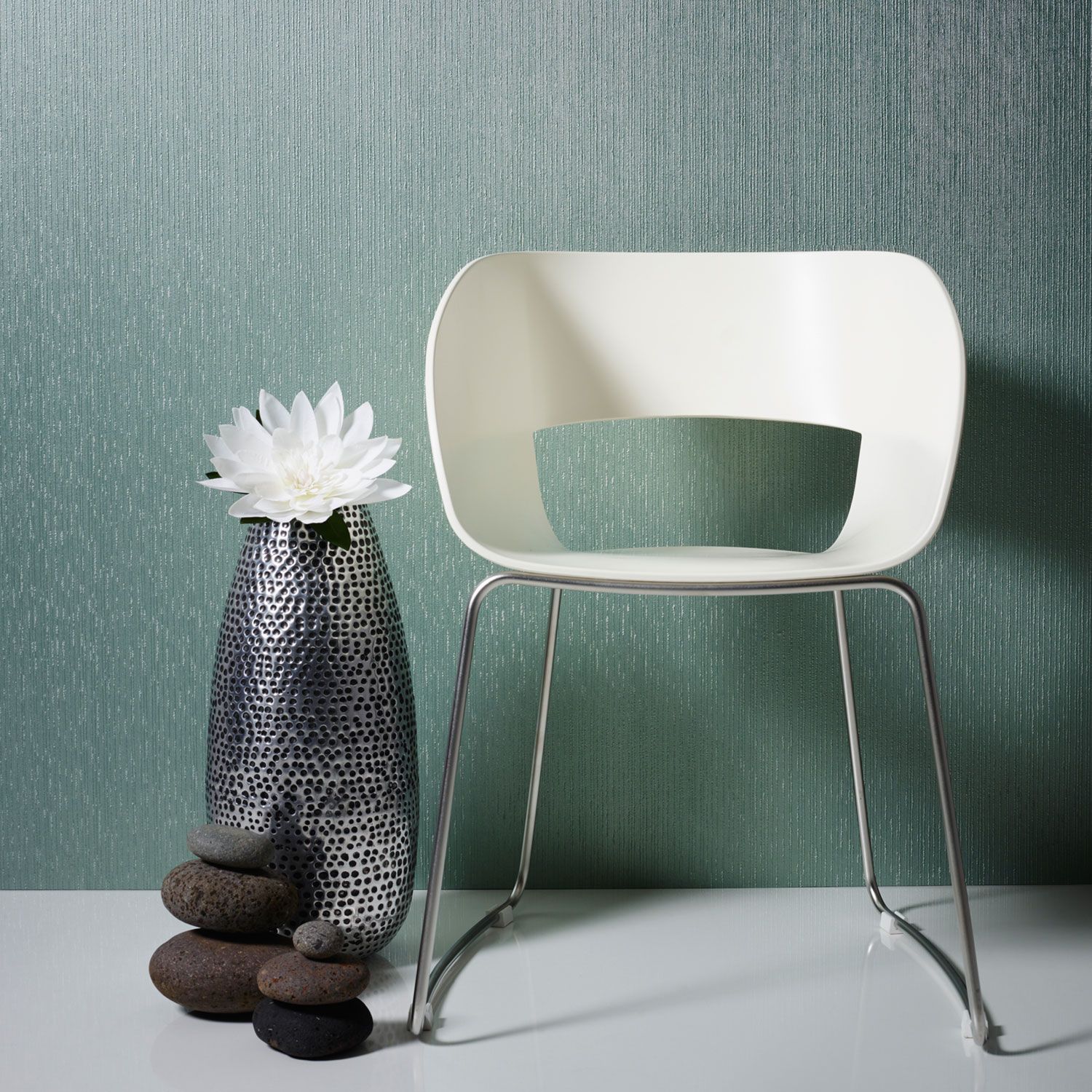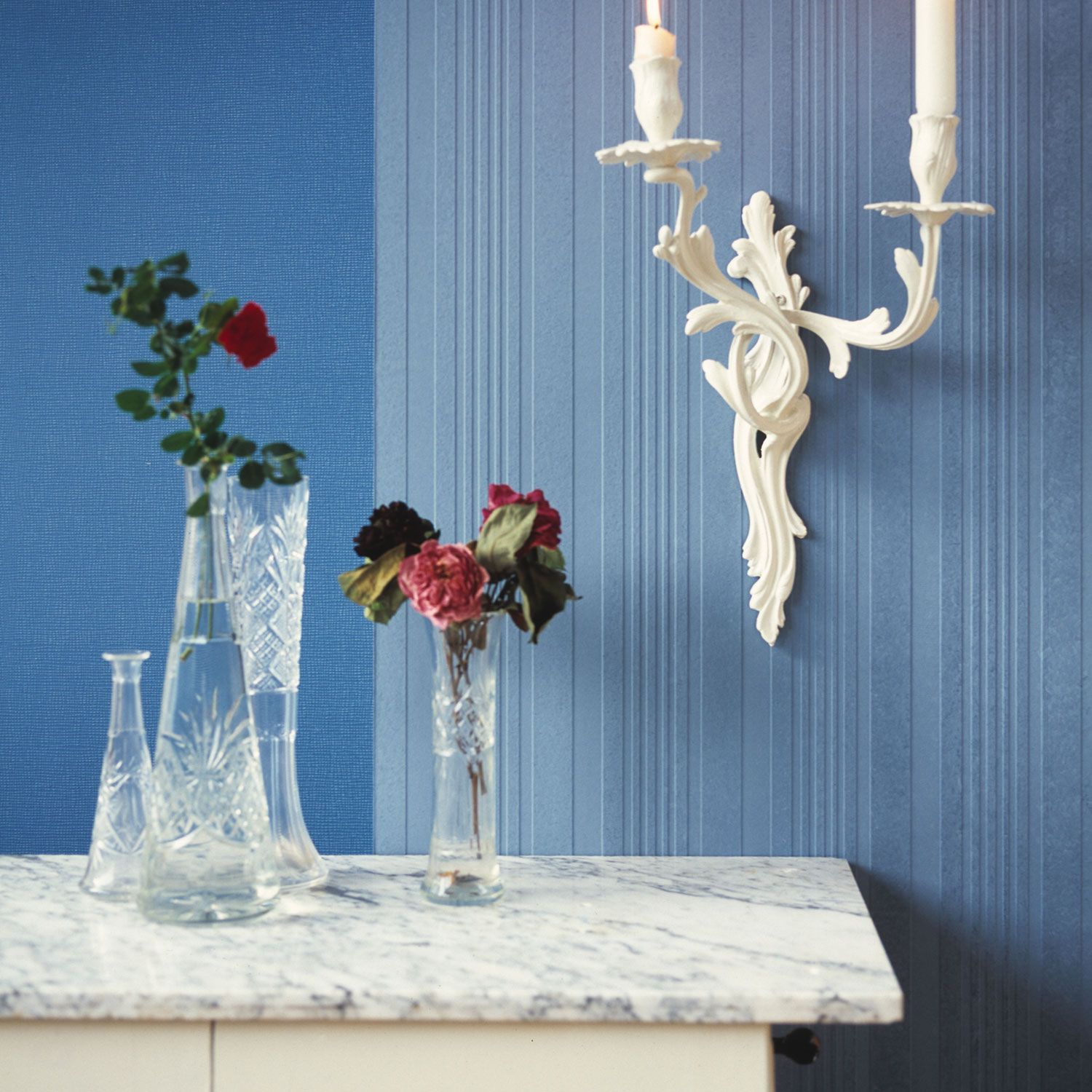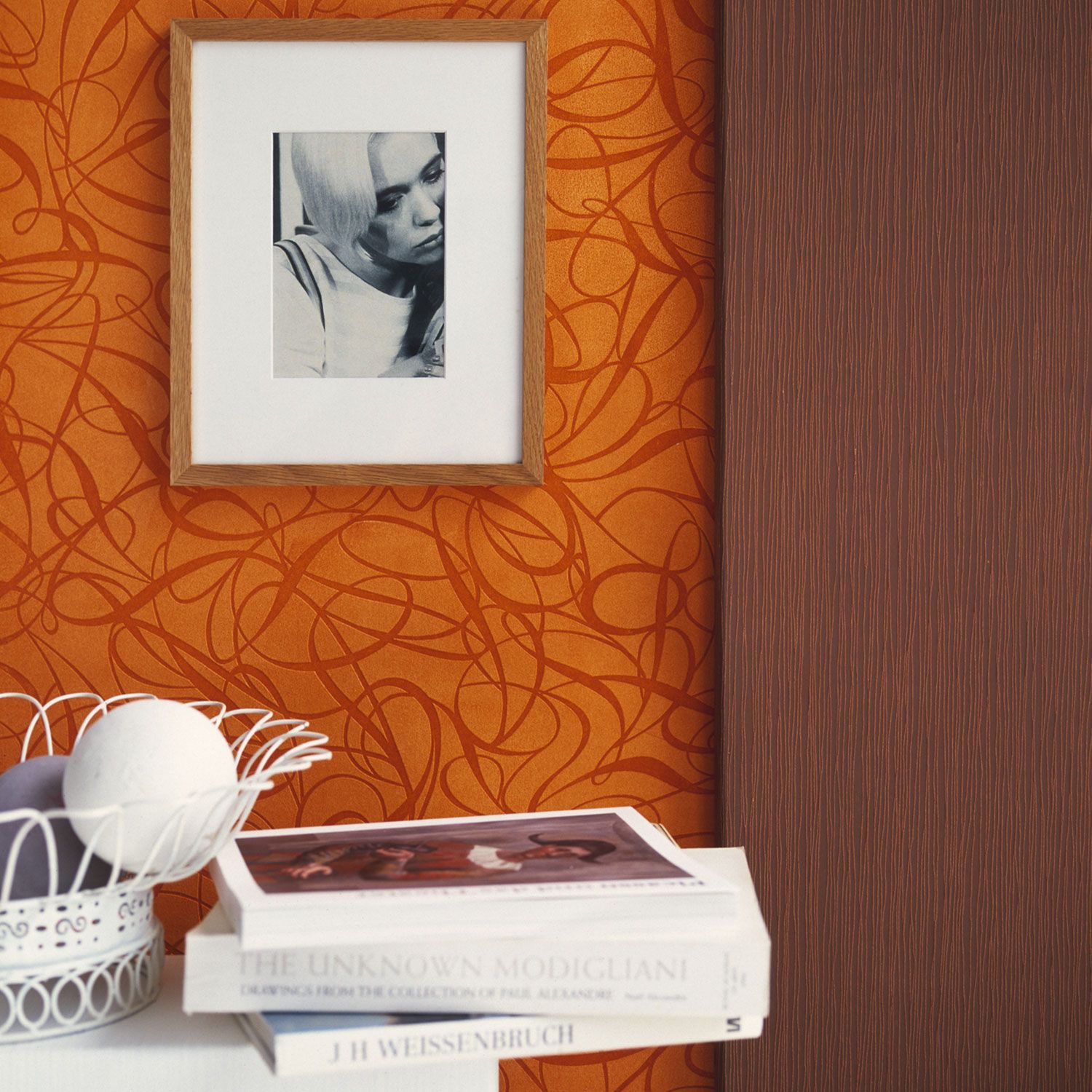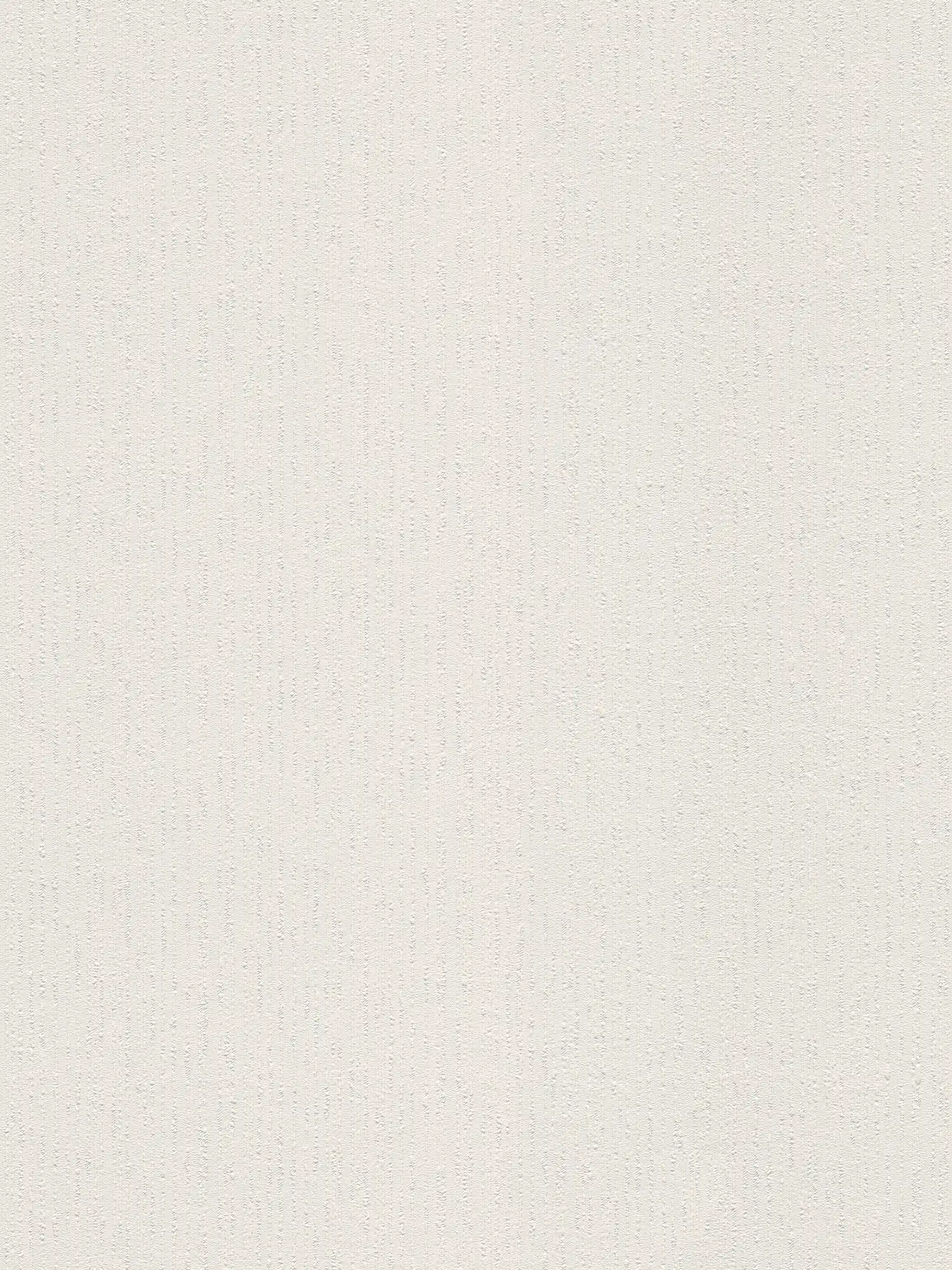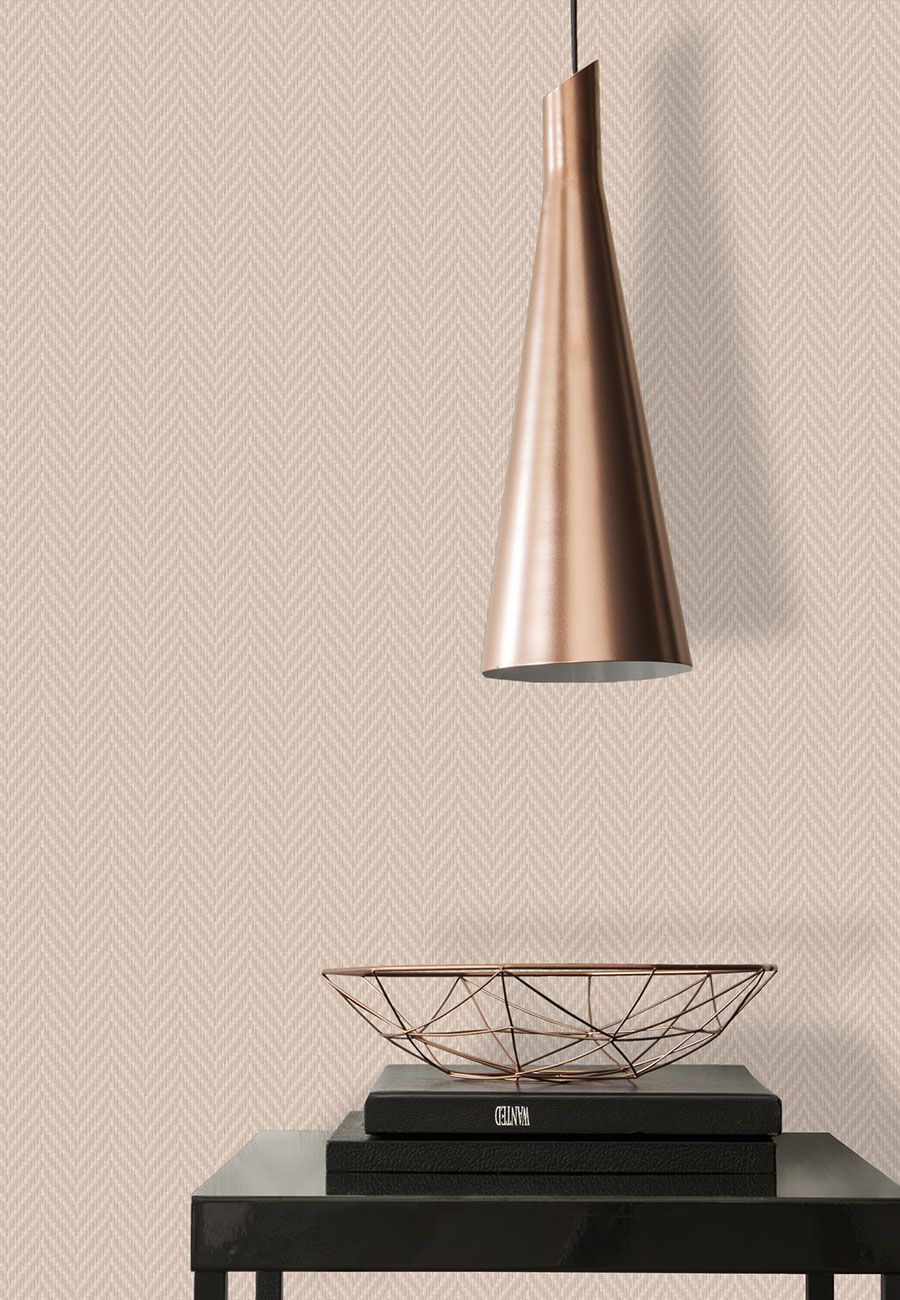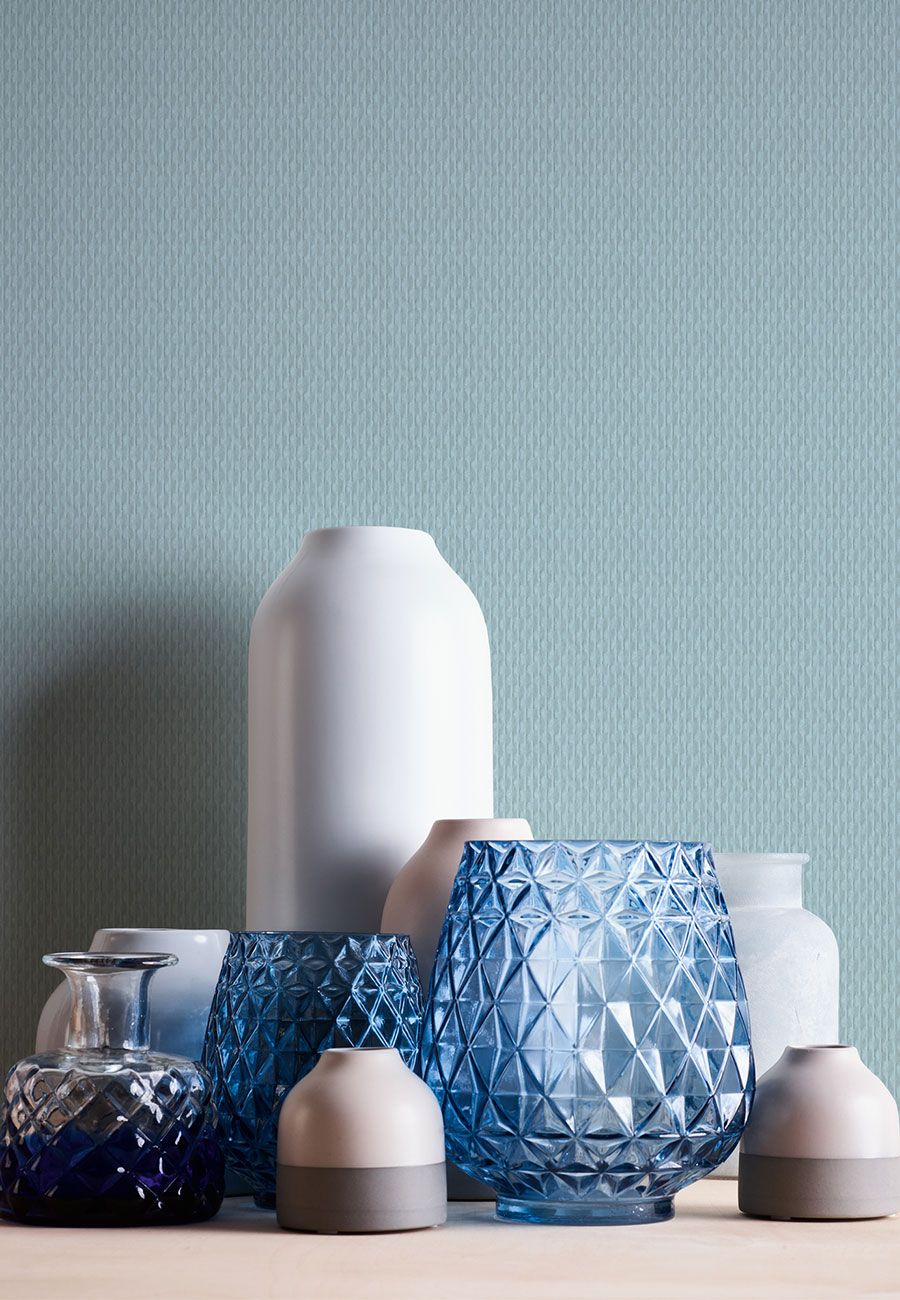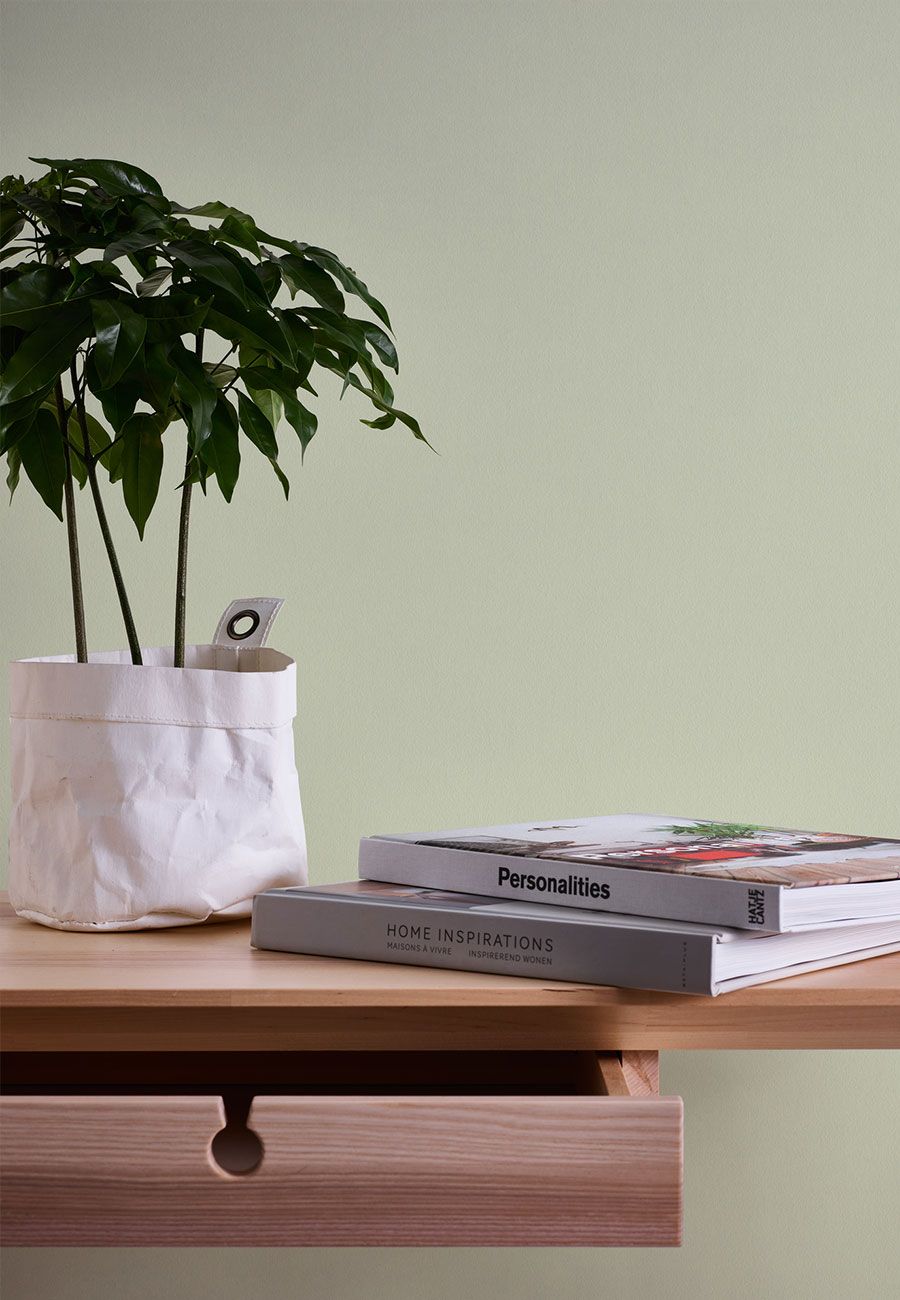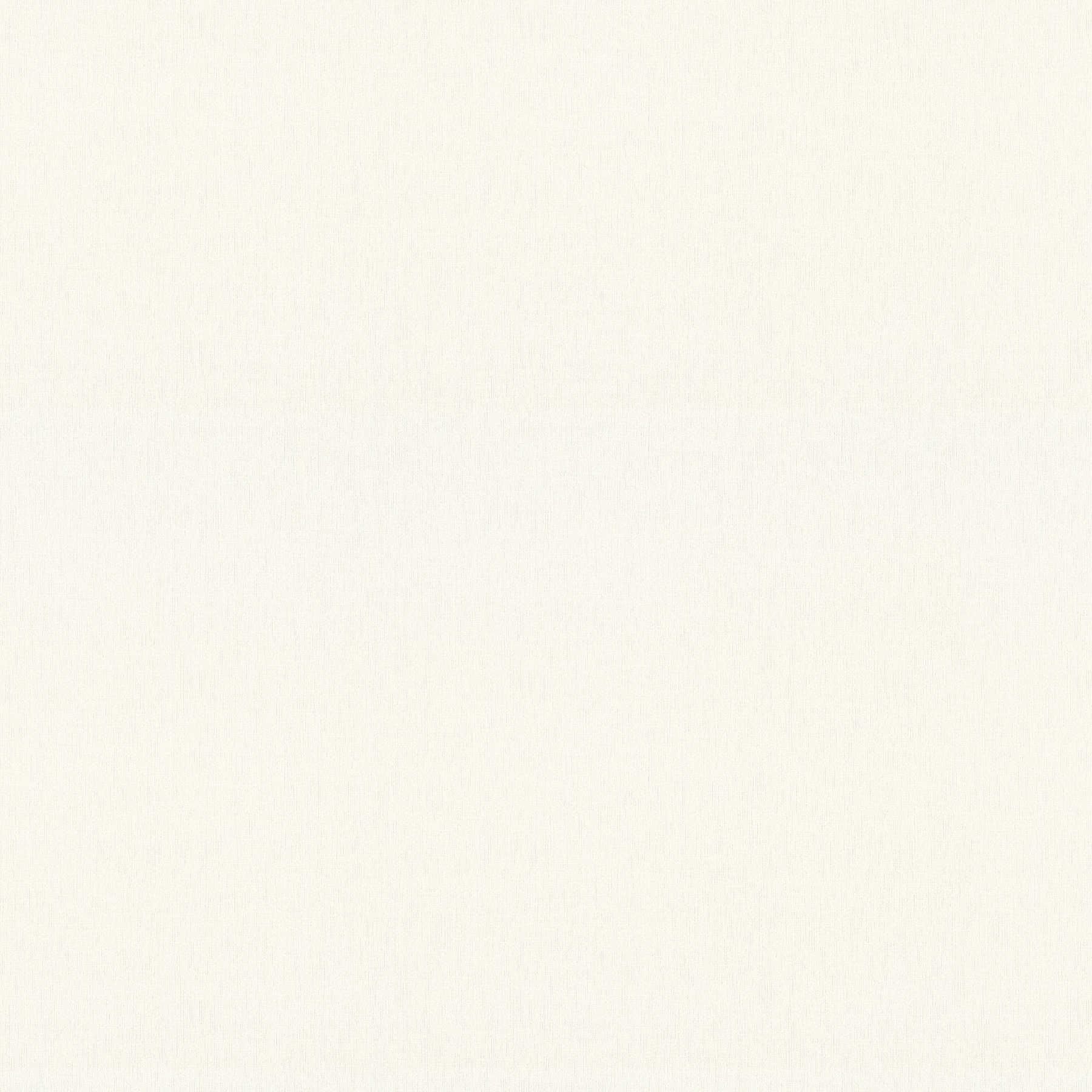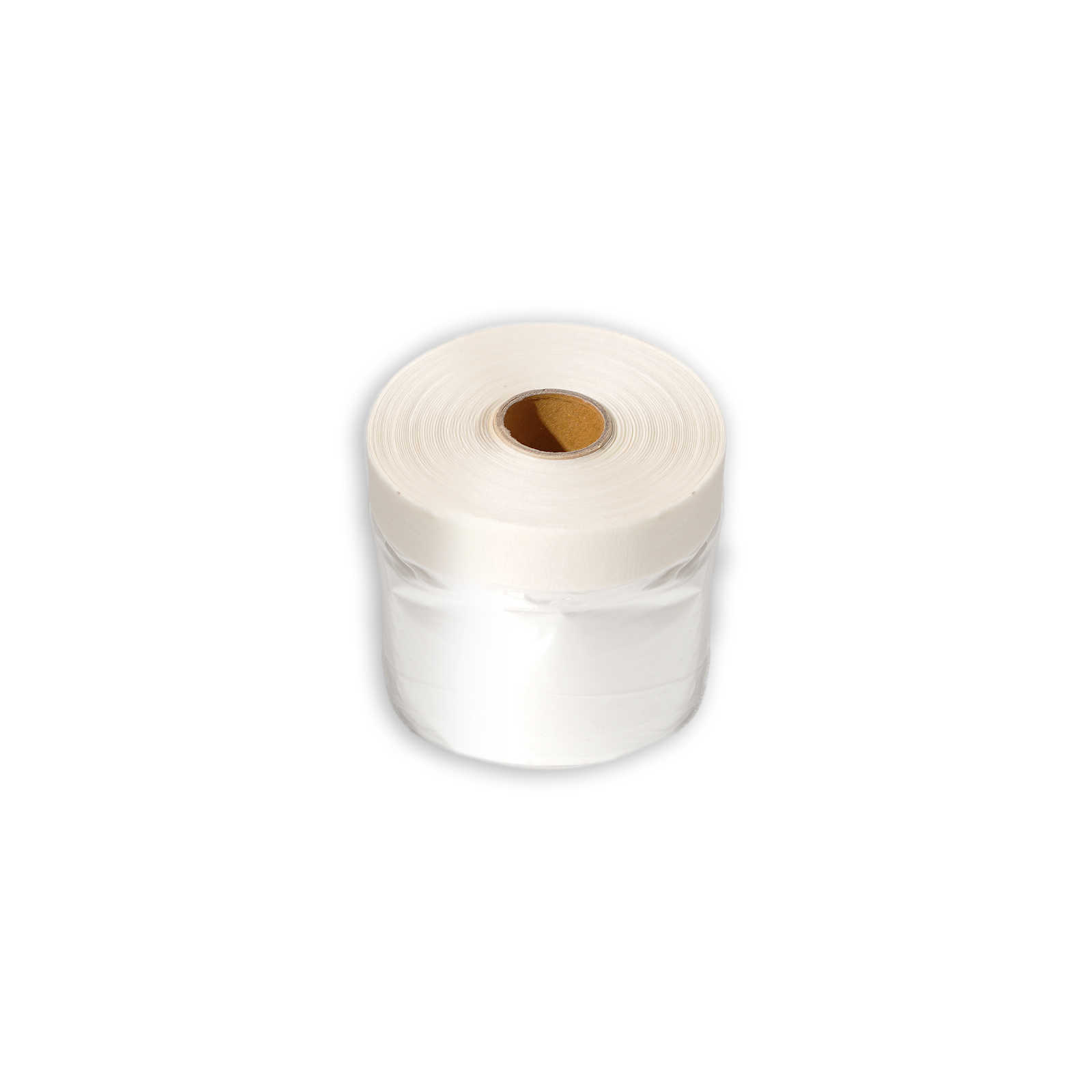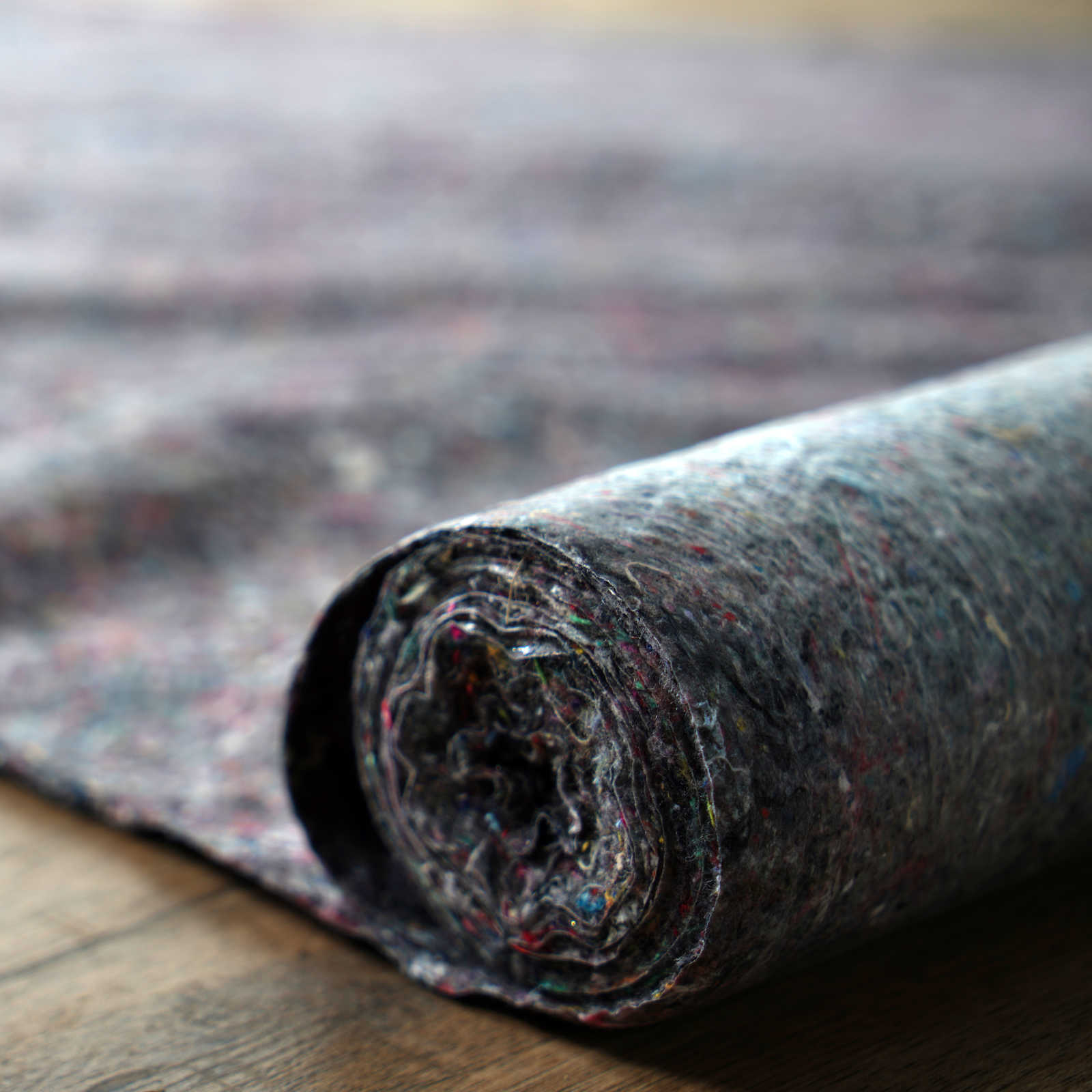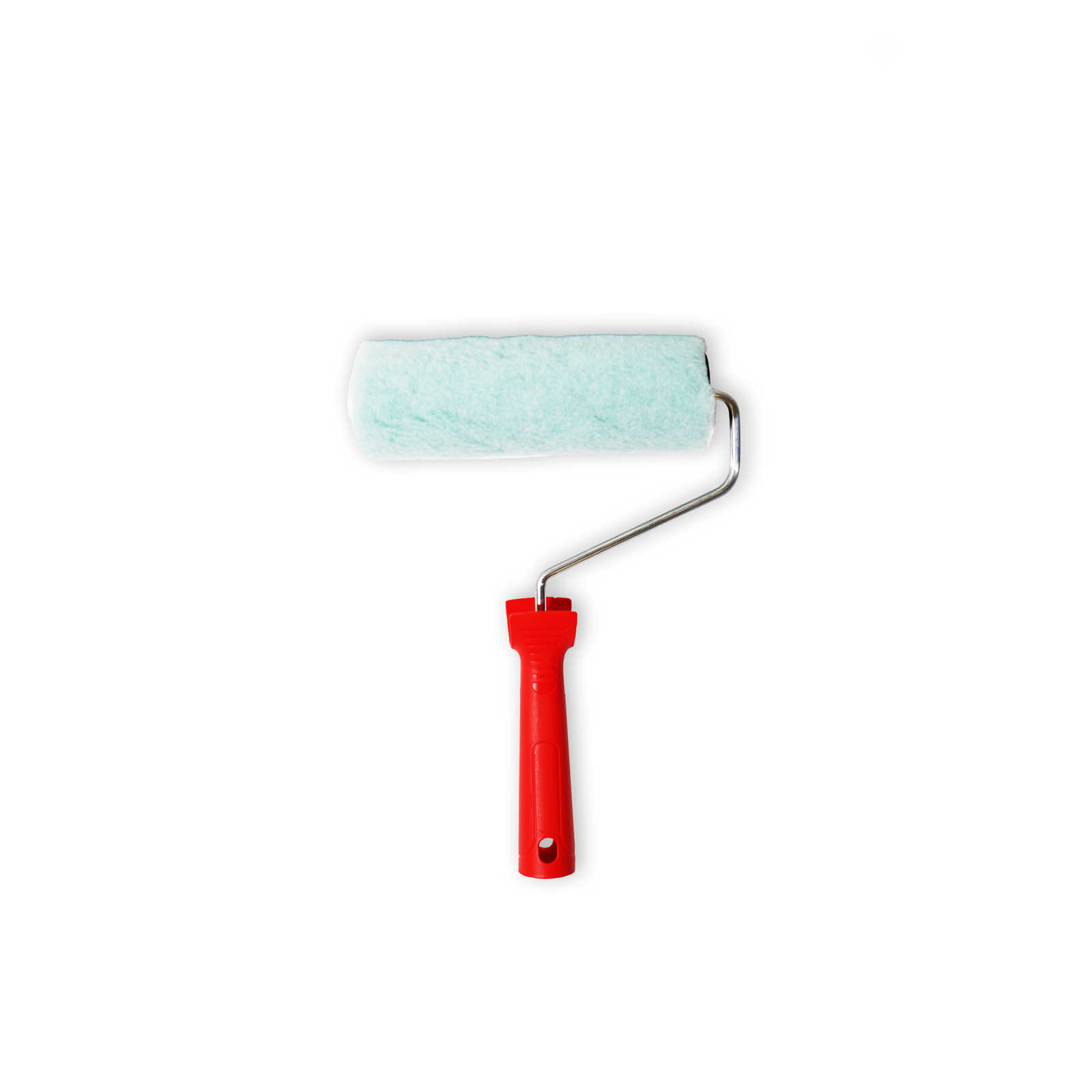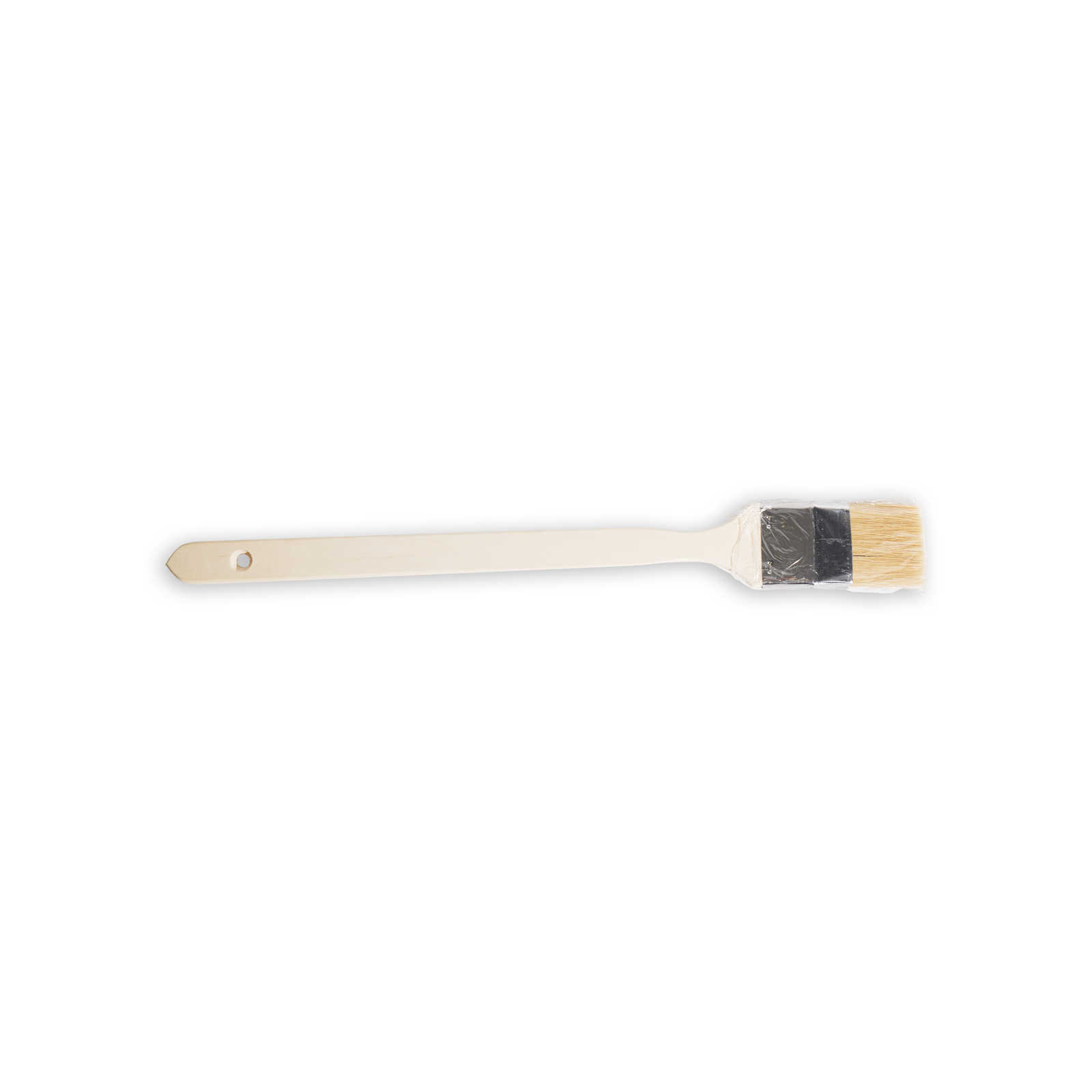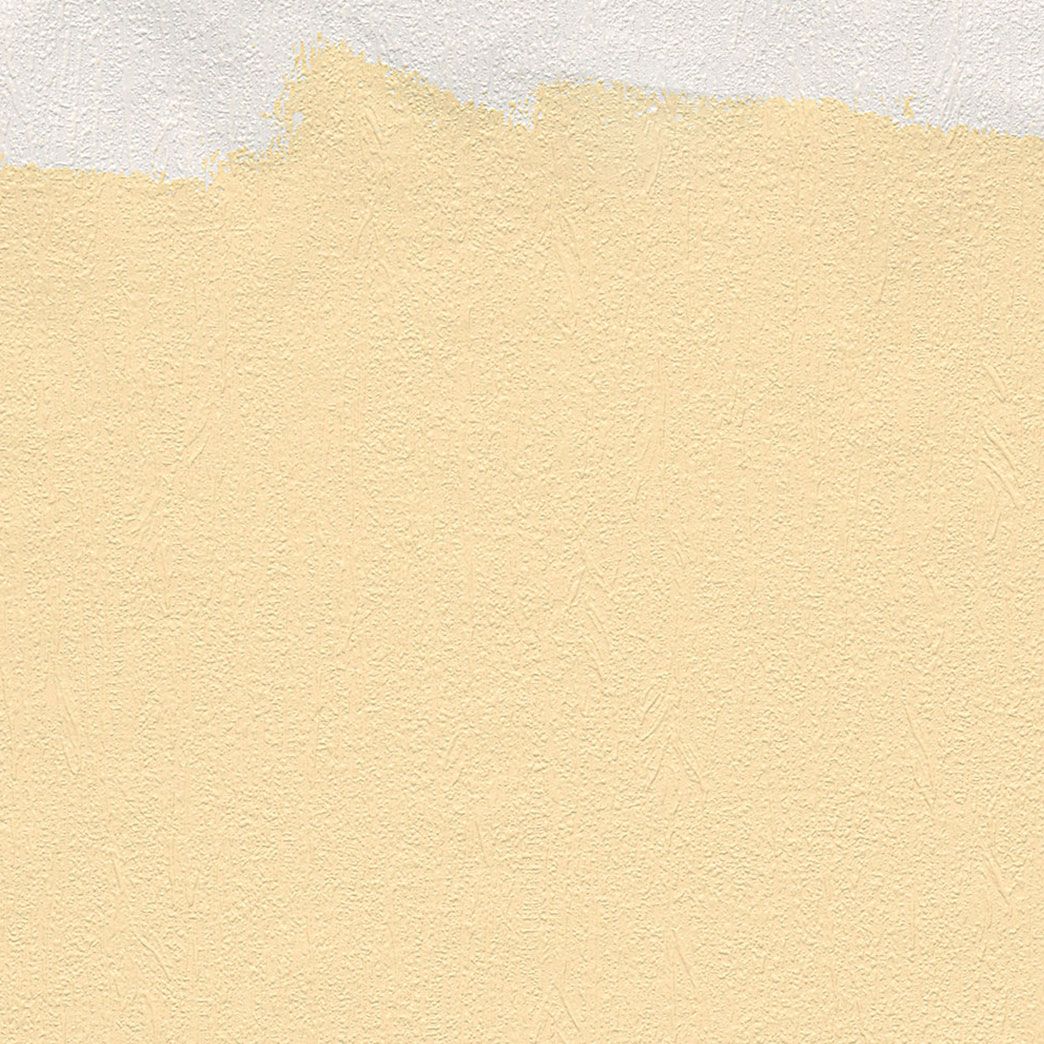Painting wallpaper: the best products!
Wallpaper that can be painted, offers you more than just free choice of color. Through structural designs and 3D patterns there are no design limits, so you have walls and rooms to design in a unique way.
And best of all, if you no longer like the original color, you can simply paint over the wallpaper.

The most important thing about paintable wallpaper:

Properties:
Paper & woodchip:
Recycled material | natural raw materials | traditional design
Fleece & Vinyl:
dimensionally stable | scratch-resistant | decorative | durable | can be painted over several times | easy to wallpaper
Fiber optics:
robust & resilient | crack-bridging | stable fabric | hygienic
The advantages of paintable wallpaper:
There is not only a wide range of textures and patterns, but also different types of wallpaper, which are recommended for very specific rooms and walls. Depending on the wallpapering project, you can choose between non-woven wallpaper, paper wallpaper or fiberglass wallpaper.
The popular Meistervlies wallpapers, as the name suggests made of non-woven and vinyl, are the choice for quick and clean wallpapering. They are wallpapered with the wall gluing technique, do without soaking times, are crack-bridging, dimensionally stable and can also be painted over several times. Wallpaper once and always bring fresh color to the wall, so the long life of paintable wallpaper pays off.
And if you ever want to change the wallpaper, the wallpaper can be completely removed from the wall.
Why paintable wallpaper?
If you often change the color on the wall, you don't always want to redecorate and for this reason you choose a wallpaper that you can easily paint over with a color of your choice. Depending on the wallpaper, this is even possible several times and makes the redesign of a room a breeze.
With a simple coat of paint, the wallpaper and the room suddenly look completely new. So paintable wallpaper makes the living room design simple and flexible. An old study can be personalized and transformed into a colorful children's room by painting the walls. When the little ones grow up, a change of color of the wall is enough to turn the children's room into a teenager's pad. Instead of immediately buying all new furniture in the living room, a new wall paint in trendy colors can make the living room feel new and the furniture shine in a new light. This kind of home design update doesn't just work once, but provides fresh color and modern atmosphere in your four walls over and over again.
The design possibilities are therefore huge, and not only because of the coating, because the different paintable wallpapers are also available in a variety of designs. Fabric structures for a linen look, embossed and foam textures for a roughcast look or the classic woodchip look, 3D designs and many other surface effects provide a unique look on the wall.
Paintable wallpapers are always the right wallpaper choice if you want to be flexible in your choice of colors, if you want to bring a special textured effect to the wall, or if you want to benefit from the other properties of a particular type of wallpaper.
Types of wallpaper to paint over
Basically, the paintable wallpapers are divided into two subgroups: The wallpapers that need to be painted to seal and those wallpapers that allow painting to customize or redesign the wall color.
The first group includes woodchip wallpaper and fiberglass wallpaper. These very different types of wallpaper are very popular due to their material properties, but they need additional painting after wallpapering for a beautiful decor and for safe protection.
Paper and woodchip wallpaper provides a permeable and textured wall surface, but is only available in bleached or tinted white. A coat of paint or protective coating in neutral white is necessary to prevent the wallpaper from darkening and yellowing.
Fiberglass wallpapers or glass fabric wallpapers are particularly durable and robust, so they are often wallpapered in busy rooms. They should always be sealed with a suitable paint coat to ensure their full functionality. Their design is determined by the weave of the fibers.
You can find more on the subject on our advice page.
The second group of paintable wallpapers includes all vinyl wallpapers and non-woven wallpapers with PVC coating, which are manufactured or suitable for painting. These wallpapers are marked by the manufacturer as paintable, a corresponding symbol can be found on the roll insert. In our online store you can find this reference in the product name and in the details of the product.
Among the wallpapers specifically suitable for painting over are the "Meistervlies" wallpaper of A.S. Création and the painter's fleeces. Painter fleeces are also called maculature fleece or smooth fleece, their primary task is to make the wall in a smooth and even, bridge cracks and create a neutral base. So when painting the painter's fleece, the paint is the unrestricted star of the wall.
Meistervlies are non-woven wallpapers with textured surface, they have subtle to fancy dimensional designs that visually stand out through the painting. The non-woven wallpapers with vinyl content are dimensionally stable and at the same time absorbent, so that the textured surface of the wallpaper when painted absorbs the wet paint without listing and losing shape.
The result is more than just color on the wall. Fine fabric structures provide a textile style, and grainy designs add depth to the color when light hits it. Eye-catching foam structures and 3D patterns provide different color effects with just one coat of paint. The selection of designs ranges from the classic roughcast structure to unusual graphic or natural patterns in modern or retro style.
What wallpaper is difficult or impossible to paint over?
Not suitable for painting over are simple paper wallpapers, these would soften and deform due to the moisture of the paint. If you have a paper wallpaper glued, but want a change of color, you will hardly get around a change of wallpaper. Even when using special paints, sealing coats and the best technique, deformation or uneven paint absorption can occur. Therefore, we recommend rather to re-wallpaper or let the professional do it.
Not all non-woven and vinyl wallpapers are suitable for painting over, so it is important to pay attention not only to the material, but also to the wallpaper symbol for painting over. You can find this indication in the product description of the wallpaper or on the insert of the roll. Just look for this symbol:
By the way, with some non-woven wallpapers you also have the option to paint, although the manufacturer does not recommend it. The stable material can withstand painting with a brush and roller, as well as the moisture of the paint, but a test is always advisable. To check how paint and wallpaper react with each other, you can first wallpaper and paint a sample.
If you are unsure, then contact our consulting team we will give you tips and advise you on specific questions.
Painting over wallpaper - what to look for?
Painting a wallpaper is easy, you only need to consider two factors: The type of wallpaper and the selection of a suitable color. Because not every wallpaper can be painted and not every color makes the wall shine.
So you always need the right color to paint and you need to know what material the wallpaper is made of. In the table you will find a quick overview of the topic and also learn which tools you should use for an even result.

Wallpaper paintable wallpaper
It's just as easy as wallpapering and painting, so anyone can do it! In four simple steps, the walls and the room shine in a new look.
1) Paste wall
Non-woven and vinyl wallpapers can be processed with the simple wall pasting technique, glass fiber wallpapers as well, the important thing is the selection of the appropriate paste or adhesive. Papiertapeten und Raufasertapeten werden Bahn für Bahn eingekleistert, weichen gelassen und anschließend an die Wand geheftet. You can find detailed instructions for both wallpapering techniques as well as a video on our advice pages.
2) Apply wallpaper
The wallpaper strips are glued to the wall one by one. For wallpaper without patterns, such as woodchip wallpaper or a smooth painter's fleece, you only need to pay attention to a closed seam pattern. The wallpaper can therefore be glued together edge to edge.
Wallpaper with a textured design or pattern must also always be wallpapered in the same direction and in compliance with the pattern offset. Detailed information on this can be found on our advice pages and in our blog.
3) Cut off overhanging
The edge of the wallpaper strip that protrudes from the ceiling or floor is first pressed firmly into the corner of the room and then neatly cut off. A cutter knife and a press-on spatula are helpful here. A fiberglass wallpaper is cut to fit exactly.
4) Paint with desired color
Once the wallpaper has dried, it can be painted with the right paint and a suitable brush or roller. Make sure the paint is applied evenly and protect the surrounding area from paint splashes by covering it. Make sure that the paint is well mixed.
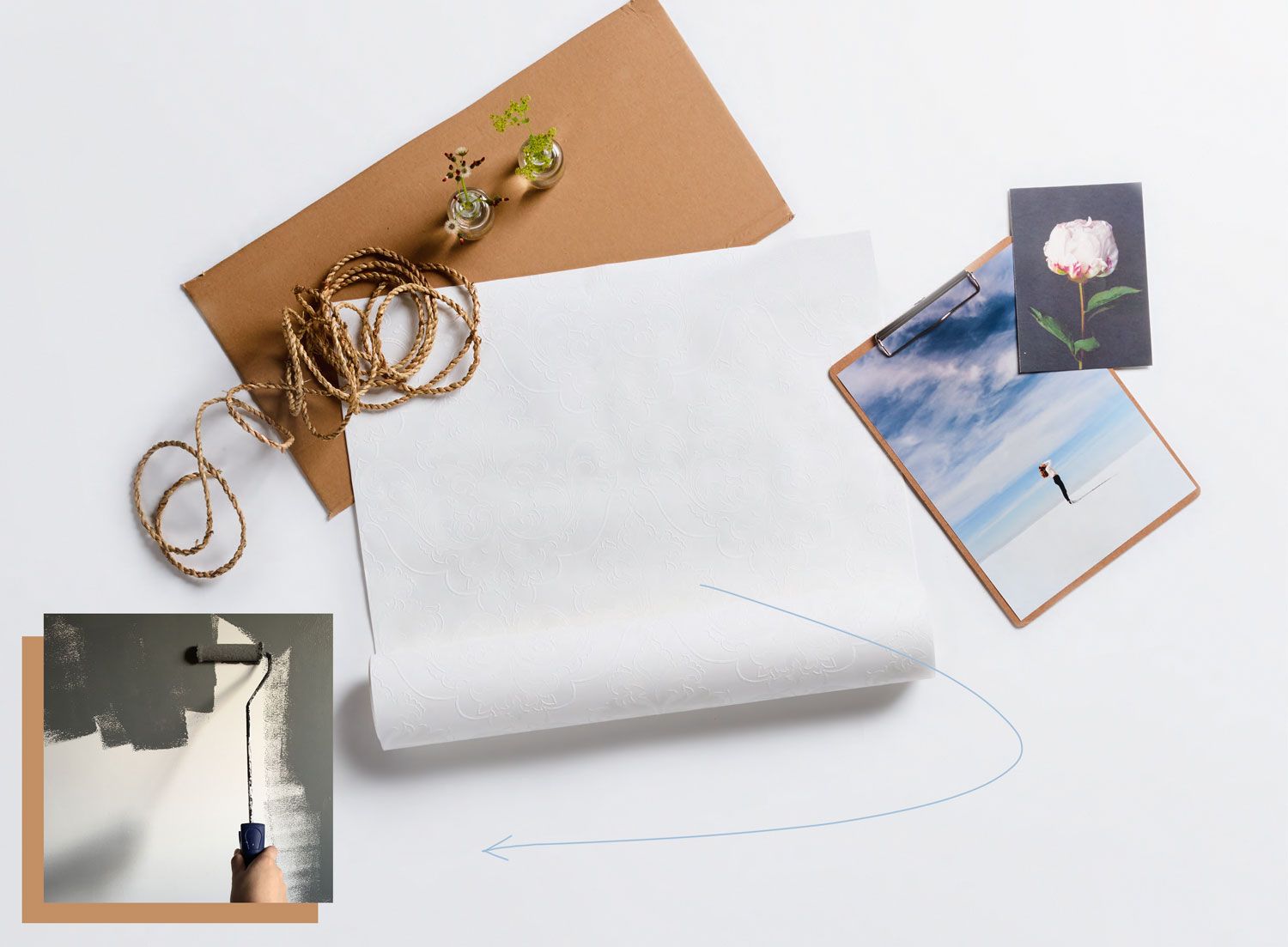
Paintable wallpaper is first applied to the wall with paste, like any other wallpaper. It is necessary to consider the correct technique for each type of wallpaper. We show on our advice page on the subject step by step how easy wallpapering is and what you have to pay attention to. Our wallpapering video shows you how easy it is.
With paintable wallpaper, however, painting in the desired color is added after wallpapering. Therefore, we show you here also the best tips for quick painting for a beautiful result:
- Do not paint until the wallpaper is dry and adheres securely to the wall. Wait with the painting of the wallpaper at least 8 hours after wallpapering, so you ensure that the wallpaper also has the necessary hold and can be painted evenly well.
- Use an absorbent, long bristled brush or a handy paint roller with fur or foam. This prevents damage to the wallpaper surface and allows you to apply the paint quickly.
- Wipe off excess paint from the brush or roller; the best way to do this is with a wiper grid. This not only prevents paint splashes, but also distributes the paint sparingly and evenly on the wallpaper.
- For wallpaper with a textured or structured surface, make sure that the paint can also enter the recesses. In the case of a particularly deep profile, it helps to dab the paint on with a sponge, thus creating a clean, even color image.
- For a uniform color appearance and depending on the opacity of the paint, several coats are necessary. However, always allow the paint to dry completely between coats.
- Masking the edges and covering the substrate with film or fleece means more work, but is the safest protection against splashes and ensures clean edges and transitions.
Before brushing the wall, you should also always take a look at the paint bucket, manufacturers always inform about the processing, drying times and mixing ratios of the contained paint. If you paint in stages, you should cover the paint securely and always keep the brush or roller damp or wipe it out so that no lumps form.
Painting over wallpaper on the ceiling? How to do it quickly and easily
Painting the ceiling is a challenge, but with the right tools and the right technique it will definitely work. So that you do not have to change the wallpaper on the ceiling regularly, most people decide exactly here for a paintable wallpaper. This can then simply be painted over if necessary. This saves removing and re-wallpapering. All that is missing for a new room feeling is a fresh coat of paint.
Since interior renovation is always done from top to bottom, a room renovation also starts with painting the ceiling. If the floor and perhaps the wall are to be preserved in their original state, they must be protected from paint splashes. To do this, tape the edges cleanly with painter's tape (also called masking tape) and use masking film or renovation fleece over the furniture and the floor.
Lights and other elements on the ceiling must be carefully masked and the power supply should be turned off at the fuse box before you start painting. A sturdy ladder is your best friend when painting the ceiling. In addition to a brush and paint roller, a telescopic pole or spray gun for applying paint pays off for large-scale projects.
When painting wallpaper, it is important to choose the right paint, and you will learn more about this in the following section. For a light application on the ceiling, we recommend a paint that can be applied quickly and easily, which saves energy and protects your arms. So get advice in advance at a specialty store, hardware store or from our service team and choose a suitable paint.
Painting the ceiling requires some perseverance and is best done as a team. Work from one side or corner of the room through the room and make sure the paint is applied evenly. High-quality paint and accurate work will save you a second or even third coat and long waiting times.
What is the right paint for painting wallpaper?
The right color for painting wallpaper depends on the type of wallpaper and the desired result. In our overview table you can see what kind of paint is basically suitable for each type of wallpaper.
The most common can be used ordinary wall paint for interior walls, this covers the substrate due to its high pigmentation and adheres to the wallpaper material. Wall paint belongs to the dispersion paints, so it consists of colored pigments, solvents and binders. Sometimes you can also find the paint under the name of synthetic resin dispersion paint. You can buy this commercially available paint pre-mixed at a specialty store or hardware store, or have it mixed on site in the color of your choice.
Fiberglass wallpaper can be painted with dispersion paint like all other types of wallpaper, but for optimal stability and easy cleaning and wiping of the wall, latex paint is more often used for painting.
Varnish, acrylic or oil paints are generally not suitable for painting walls and therefore should not be used for paintable wallpaper. The so-called natural paints, with natural proportions of raw materials, are recommended only to a limited extent, because they have a lower adhesion and color stability. If you want to resort to such paints, you should definitely perform a sample gluing with painting and check the result.
How often can you paint over wallpaper?
Paintable wallpaper can be painted several times. How often exactly that depends on the thickness of the paint and the binding ability between the different paint coats. The thicker the paint the less often you should paint over the wallpaper, a thick and therefore heavy layer of paint can bind less well with the substrate and may tend to flake off. A viscous paint also causes the structural details of the wallpaper to be lost more quickly.
These effects occur especially with heavy acrylic paints or latex paints. If you paint the wallpaper with ordinary wall paint (emulsion paint), you can paint over it more often. However, it is important to check before painting whether the connection (paste or glue) between the wallpaper and the wall is still good and that the top layer of paint allows a connection with the new color. To do this, it is advisable to paint in an inconspicuous place and test after drying whether the paint can be rubbed off or not.
Instead of repainting, when is it better to redecorate?
Whenever the hold of the wallpaper on the wall is no longer fully intact, for example, the wallpaper comes off in the seam area or at the edges, it is better to replace the old wall covering with a new wallpaper. But even if the old paint is chipping or does not accept new paint, it is recommended to replace the wallpaper.
The additional step in renovating a room is not as costly as thought. Non-woven and vinyl wallpapers are usually easy to peel off and leave no traces. Paper wallpaper can be removed from the wall with solvents and water. Only fiberglass wallpaper requires special measures, here you should definitely wear protective clothing and use suitable solvents.
More information about wallpaper removal and the right surface preparation for wallpapering can be found on our blog and advice pages.
The wallpaper manufacturer A.S. Création produces under the label "Meistervlies" for years successful wallpaper collections with paintable wallpapers made of dimensionally stable scratch and impact resistant non-woven.
Discover the special properties of the "Meistervlies" wallpapers for your living world and let yourself be convinced by the application possibilities and the creative potential of the wallpapers. Browse now through the latest wallpapers of the collection:
Are you looking for smooth wallpaper for an elegant and timeless finish on the wall? Then you have two variants of paintable wallpaper at your disposal:
Maku non-woven wallpapers are special wall hangings designed for creating smooth, even wall surfaces. They are designed primarily for leveling the wall substrate and can be optionally wallpapered over or sealed with a covering coat.
Questions about paintable wallpaper
You want to know more or have a specific question about a paintable wallpaper? Then our service team will be happy to help you. Simply contact us by email, phone or Whats-App chat.
You have to be able to see and feel paintable wallpaper, which is why we offer you the option of ordering wallpaper samples conveniently at home with our sample service. So that you are sure to make the right decision when buying wallpaper online. With a sample you can also test your desired color before you paint the whole wall, so do not hesitate and order your individual sample selection right home.
Painting & wallpapering belongs together
Painting wallpaper sounds wrong to many at first, but in fact paintable wallpapers are the perfect solution for everyone who wants to make their home individual and beautiful. The possibility of freely combining the desired color and texture design offers creative potential and is ideal for new buildings and renovation projects. A paintable wallpaper is ideal for individualists and for all those who are looking for a very specific wall color with that special something.
Convince yourself now and discover the perfect wallpaper for your wallpapering project on new-walls.com.






